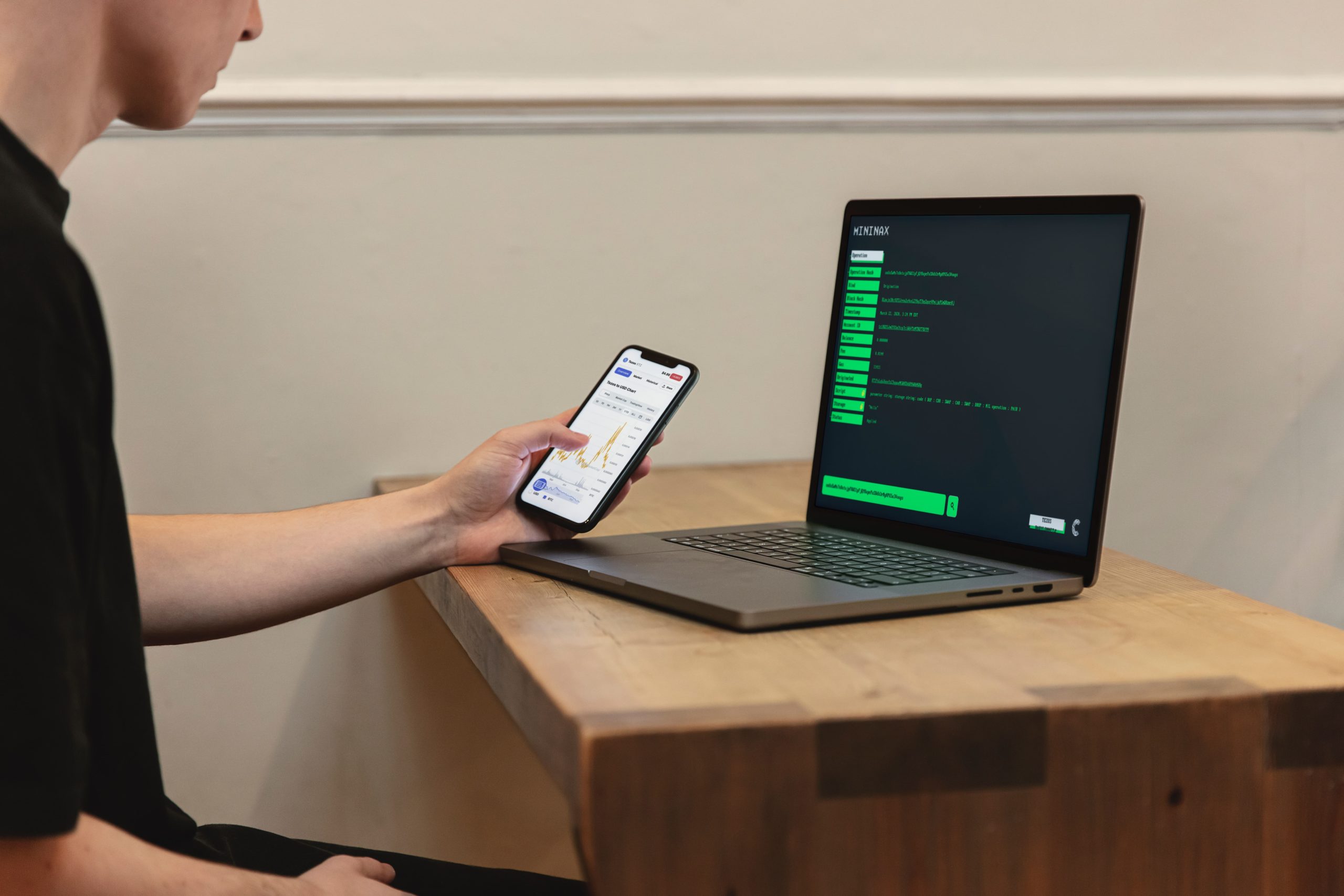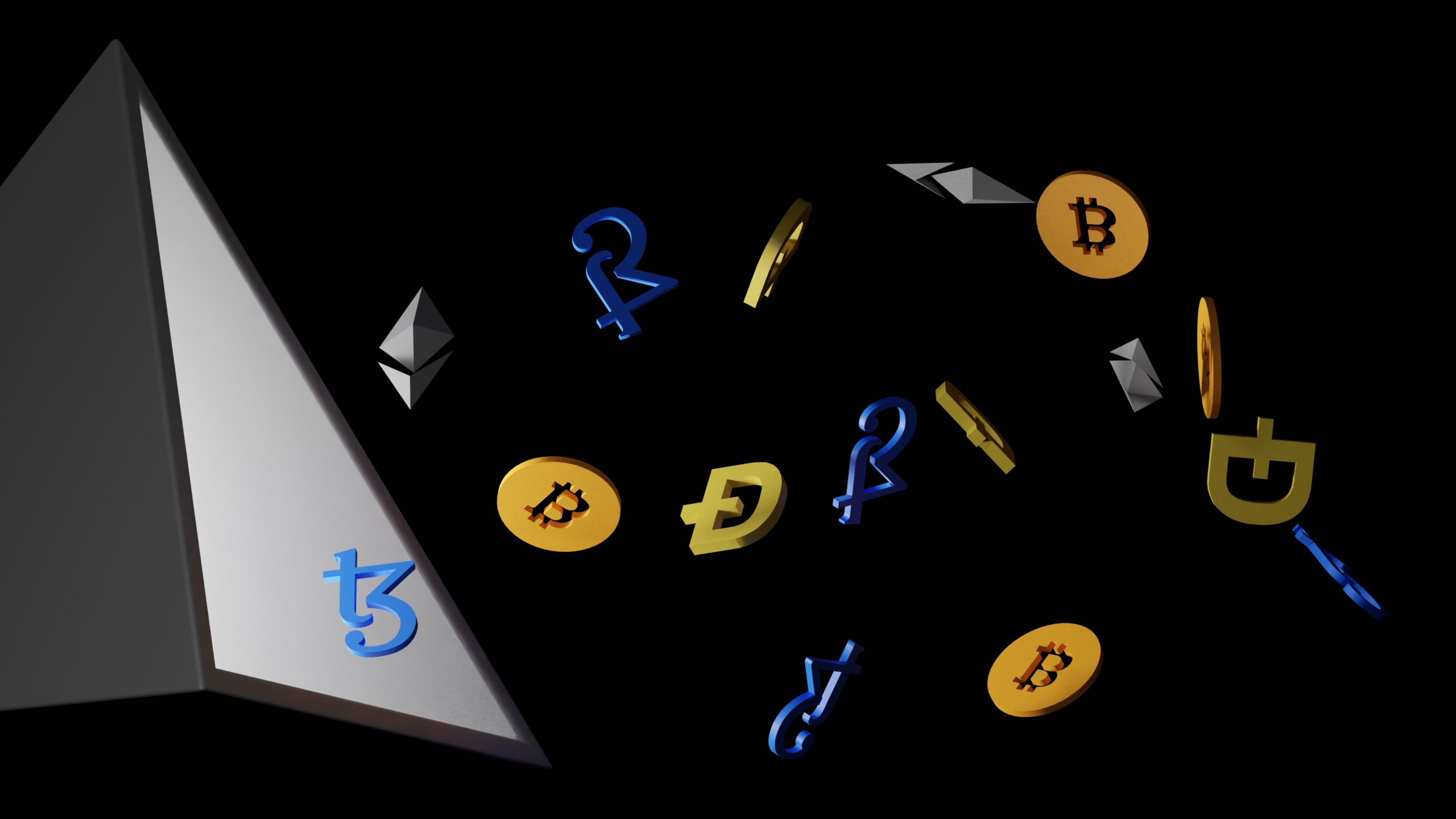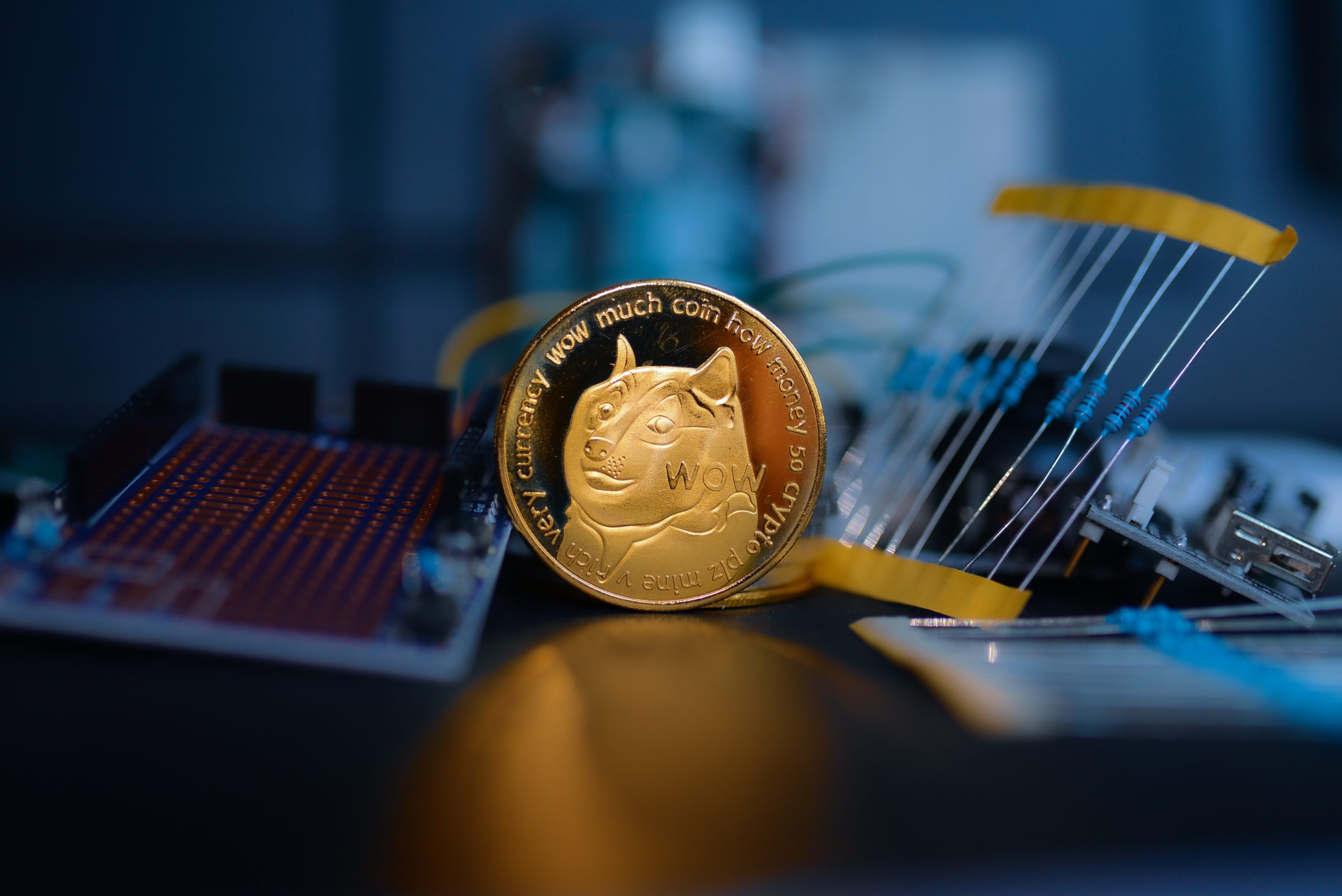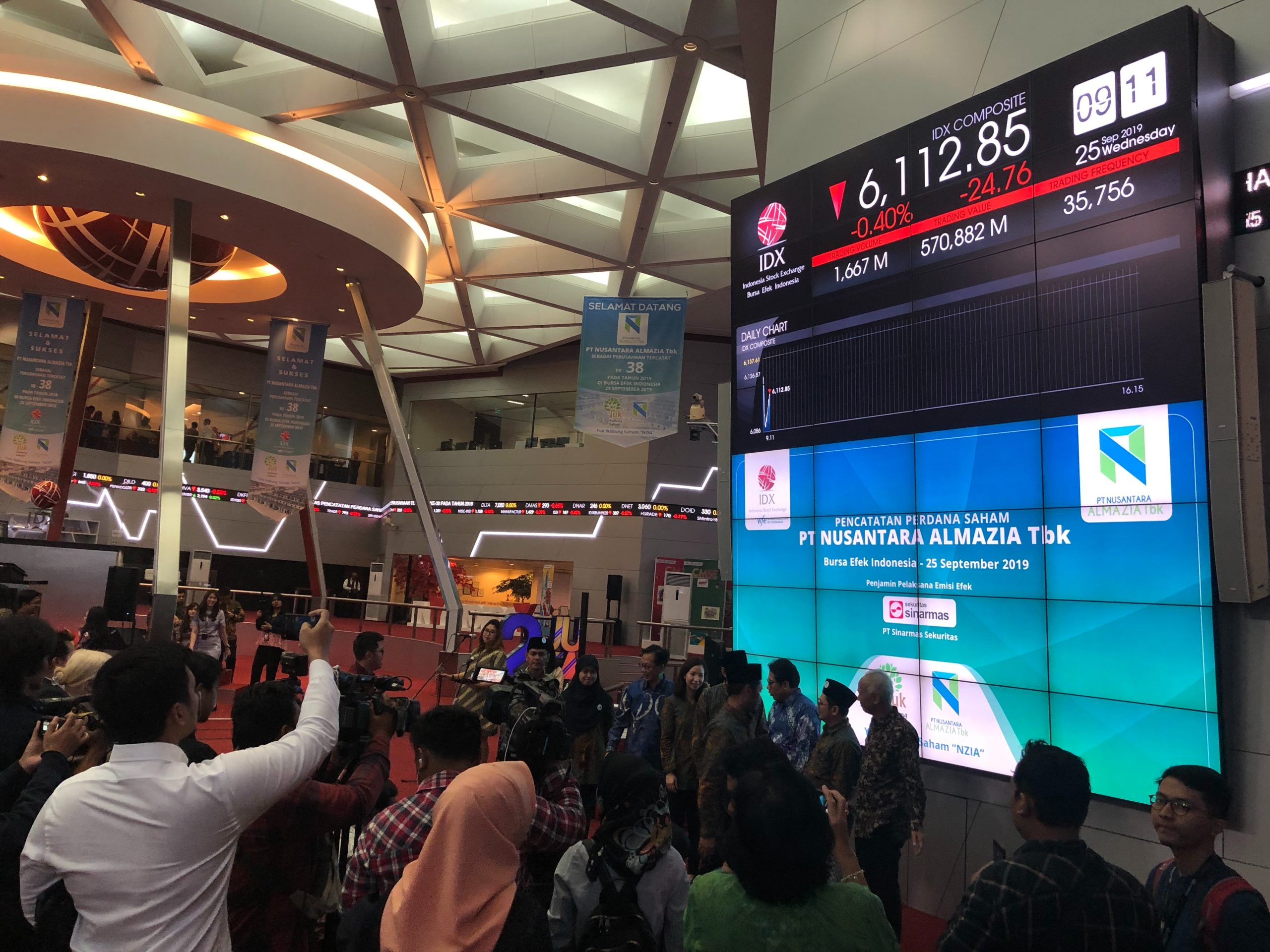An iPhone or Android application is used by Lintel, a neobank with headquarters in the UK, to manage all transactions for personal accounts that include a debit card. Residents of the United Kingdom can currently open mobile bank accounts with Lintel.
The prudential regulation authority and Financial Conduct Authority of the United Kingdom are now considering their pre-application for authorization. The most customer-focused local online and telephone banking services are offered by Lintel Bank. By offering a feature-rich multi-channel platform and outstanding customer service, Lintel Bank will work to create simple, better, and easier-to-use products and assist clients in making the best choice.

Neobanking is a subset of the fintech sector that exclusively provides financial services online and does not have any physical locations. When creating a neobank, you must first comprehend that these banks exclusively communicate with their consumers via phone, email, and chat. The mobile app provides consumers with ongoing access to their financial management and makes all the services available. Any major bank can certainly provide it, but neobanks have a more comprehensive set of capabilities and a larger selection of partner services. Due to positive word of mouth about neobanks, even traditional banking customers are beginning to consider them. Neobank apps frequently contain a variety of options that let you tailor services to your own needs.
The distinction between traditional banks and neobanks
The distinction between traditional banks and neobanks is substantial. The latter frequently work with conventional banks to insure customer deposits even though they rarely provide credit or allow overdrafts and are not regulated as banks by state or federal regulators.
Establishing a Lintel neobank is quick and simple compared to traditional banks, the time it takes to open an account and begin using financial services is vastly shorter. Simply install the app and register for an account to get started. It doesn’t replicate the functions of a typical bank, and some neobanks let you link your regular bank account to the neobank account so you may benefit from both your traditional bank’s advantages and the simplicity and effectiveness of neobank financial management.
The major source of revenue
The primary source of income is banking interchange, which is really the fees charged by retailers when customers using Lintel neobank debit cards make transactions in their businesses. They are permitted to exchange up to seven times higher percentages than those available to traditional banks (with more than $10 billion in assets), due to their lesser size relative to their megabank counterparts. They can also make money by charging users who access ATMs outside of their network. Although different neobanks use varying amounts, it generally ranges from 8% to 20% of gross profits. Neobanks, also known as challenger banks, are becoming popular among younger people since they frequently receive funding from venture capitalists. Chime Bank, for instance, received $485 million in investments in 2020, while Varo Bank raised $63 million.
Prospects for Lintel neobanks
The question of whether branch banking or its branchless equivalent would prosper in the future is still being discussed. Both models have benefits and drawbacks, and each will be a major factor in which one prevails in the competition.
Lintel Neobanks beat conventional banks by giving customers unmatched features and ease. The convenience of making payments at any time, from any location, and in a variety of currencies is a strong argument for using mobile banking.
Due to its security, traditional banking is the choice of the elder generation. Remote authentication techniques, which are security aspects of digital banks including two-factor authentication (2FA), biometrics, and digital fingerprints, have been breached and stolen by scammers. Due to this gap in the neobanks’ defenses, customers are concerned about the security of their money.
Conventional banks should soon start participating more actively in the Fintech sector. The capacity to reach rural communities and the cheaper operating expenses will make it easier for them to get involved. White labeling has already become well-liked since it allows offline banks to grow their business through the platform.









